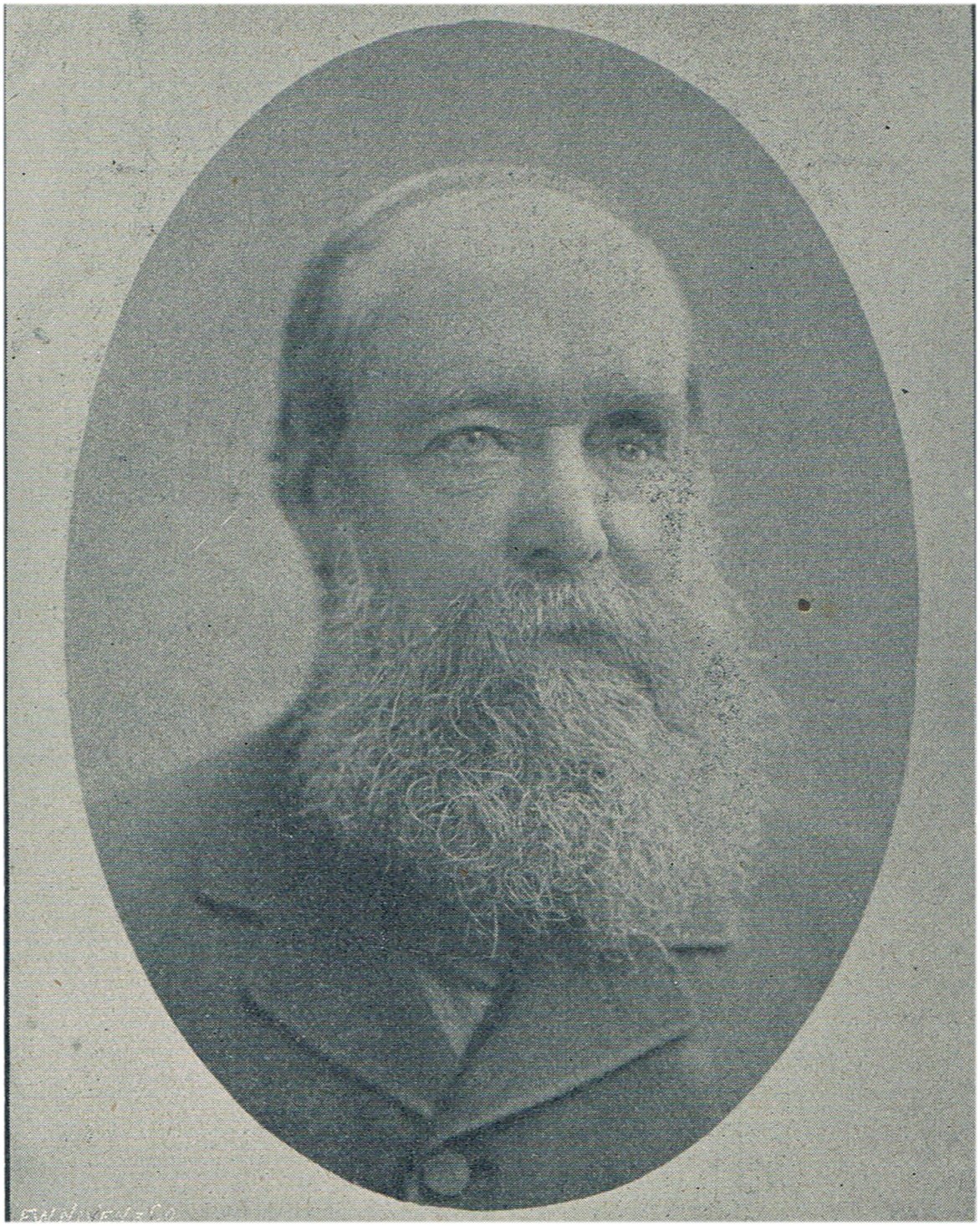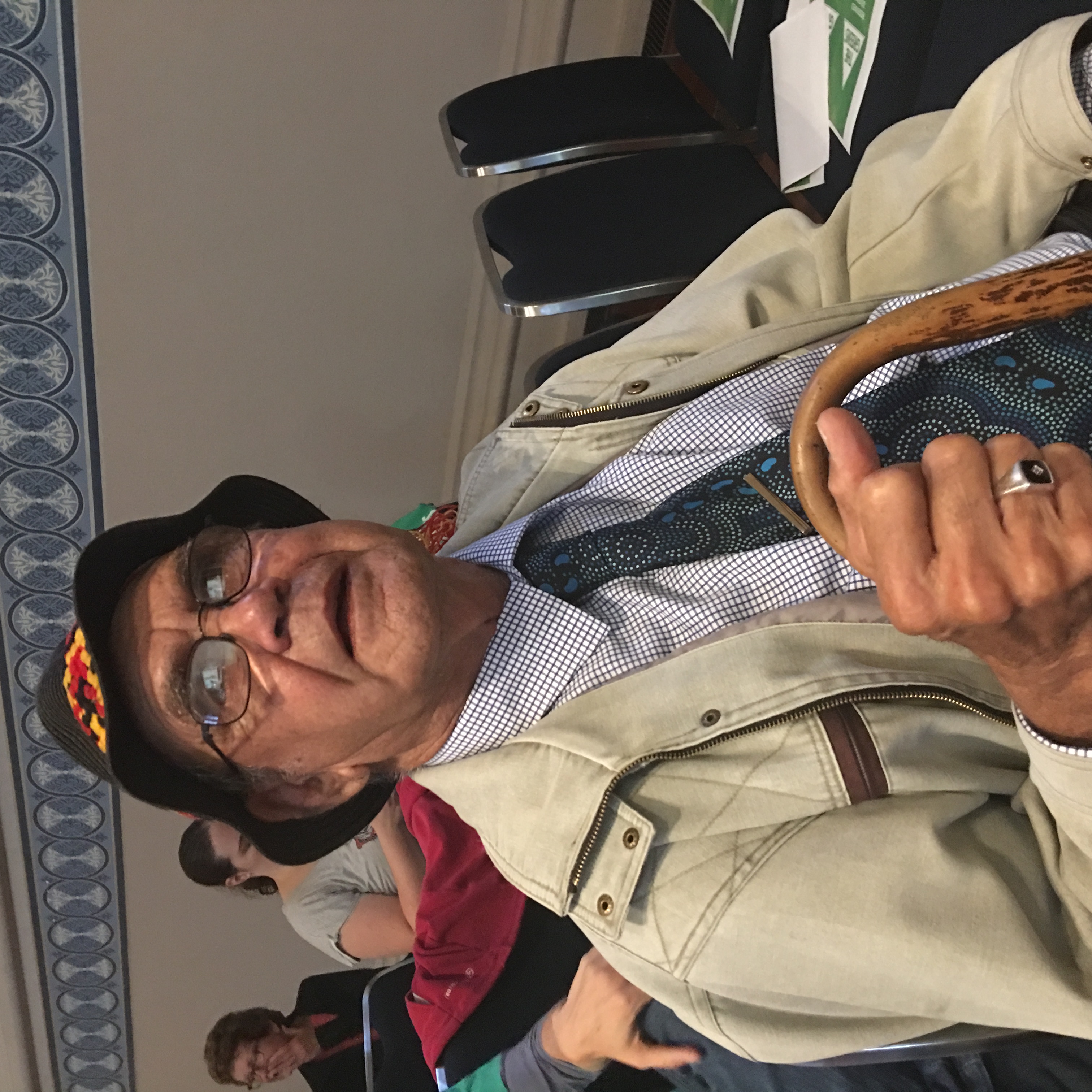|
Walebing, Western Australia
Walebing is a small town in the wheatbelt region of Western Australia, in the Shire of Moora, it takes its name from the original homestead established by Anthony O'Grady Lefroy in the 1840s. Notable people * Ben Cuimermara Taylor Benedict "Ben" Taylor AM, also known as Cuimara (born 15 October 1938) is a Noongar elder from the south-west of Western Australia. Taylor is a well-known Indigenous activist. Early life Taylor grew up in Walebing, near New Norcia. His mother ..., indigenous activist and Noongar elder References Towns in Western Australia Wheatbelt (Western Australia) {{WesternAustralia-geo-stub ... [...More Info...] [...Related Items...] OR: [Wikipedia] [Google] [Baidu] |
Electoral District Of Moore
Moore is an electoral district of the Legislative Assembly in the Australian state of Western Australia. Moore has had three incarnations as an electorate. In its first incarnation, Moore was one of the original 30 seats contested at the 1890 colonial election. Its latest incarnation it has existed continuously since 1950. In that time, the seat has been variously held by the two conservative forces in Western Australian politics: the Liberal Party and the National Party. The seat has never been won by the Labor Party. Geography Moore is a coastal district, covering an expanse of rural territory to the north of Perth and surrounding but not including the regional city of Geraldton. The district includes the towns of Kalbarri, Northampton, Nabawa, Mullewa, Dongara, Irwin, Mingenew, Morawa, Three Springs, Perenjori, Carnamah, Eneabba, Leeman, Coorow, Jurien Bay, Cervantes, Badgingarra, Dandaragan, Moora, Dalwallinu, Lancelin, Ledge Point, Guilderton, Gi ... [...More Info...] [...Related Items...] OR: [Wikipedia] [Google] [Baidu] |
Division Of Durack
The Division of Durack is an Australian Electoral Division in the state of Western Australia. History The Division is named after the pioneering Durack family, upon whom Dame Mary Durack based her popular historical novels. Created to replace parts of the divisions of Kalgoorlie (which was abolished) and O'Connor, it elected its first member at the 2010 election. It was created as a comfortably safe Liberal seat. Sitting Kalgoorlie MP Barry Haase contested the seat for the Liberals and won. Haase announced he would not recontest Durack at the next election on 15 June 2013. The seat was won at the 2013 election by Liberal candidate Melissa Price. She held the seat without serious difficulty until the 2022 election, when she suffered a swing of over 10 percent to make the seat marginal for the first time. Geography Since 1984, federal electoral division boundaries in Australia have been determined at redistributions by a redistribution committee appointed by the Australi ... [...More Info...] [...Related Items...] OR: [Wikipedia] [Google] [Baidu] |
Wheatbelt (Western Australia)
The Wheatbelt is one of nine regions of Western Australia defined as administrative areas for the state's regional development, and a vernacular term for the area converted to agriculture during colonisation. It partially surrounds the Perth metropolitan area, extending north from Perth to the Mid West region, and east to the Goldfields–Esperance region. It is bordered to the south by the South West and Great Southern regions, and to the west by the Indian Ocean, the Perth metropolitan area, and the Peel region. Altogether, it has an area of (including islands). The region has 42 local government authorities, with an estimated population of 75,000 residents. The Wheatbelt accounts for approximately three per cent of Western Australia's population. Ecosystems The area, once a diverse ecosystem, reduced when clearing began in the 1890s with the removal of plant species such as eucalypt woodlands and mallee, is now home to around 11% of Australia's critically e ... [...More Info...] [...Related Items...] OR: [Wikipedia] [Google] [Baidu] |
Western Australia
Western Australia (commonly abbreviated as WA) is a state of Australia occupying the western percent of the land area of Australia excluding external territories. It is bounded by the Indian Ocean to the north and west, the Southern Ocean to the south, the Northern Territory to the north-east, and South Australia to the south-east. Western Australia is Australia's largest state, with a total land area of . It is the List of country subdivisions by area, second-largest country subdivision in the world, surpassed only by Russia's Sakha, Sakha Republic. the state has 2.76 million inhabitants percent of the national total. The vast majority (92 percent) live in the South-West Land Division, south-west corner; 79 percent of the population lives in the Perth area, leaving the remainder of the state sparsely populated. The first Europeans to visit Western Australia belonged to the Dutch Dirk Hartog expedition, who visited the Western Australian coast in 1616. The first pe ... [...More Info...] [...Related Items...] OR: [Wikipedia] [Google] [Baidu] |
Shire Of Moora
The Shire of Moora is a local government area in the northern Wheatbelt region of Western Australia, and generally lies between the Brand Highway and Great Northern Highway about north of Perth, the state capital. The Shire covers an area of and its seat of government is the town of Moora. History The Moora Road District was gazetted on 11 December 1908, created from part of the Victoria Plains Road District. The first election for the Moora Road Board was on 12 February 1909. Henry Lefroy was elected Chairman at the first meeting of the Road Board on 19 March 1909. Lefroy had previously been elected Chairman of the Victoria Plains Road Board in 1876. On 1 July 1961, Moora became a Shire under the ''Local Government Act 1960'', which reformed all remaining road districts into shires. Wards The shire is undivided and the nine councillors represent the entire shire. Until 20 October 2007, the shire was divided into wards, most with 1 councillor each: * Moora Town Ward (4 ... [...More Info...] [...Related Items...] OR: [Wikipedia] [Google] [Baidu] |
Anthony O'Grady Lefroy
Anthony O'Grady Lefroy (14 March 1816 – 21 January 1897), often known as O'Grady Lefroy, was an important government official in Western Australia before the advent of responsible government. O'Grady Lefroy was born at Limerick, Ireland on 14 March 1816. He was the nephew of Thomas Langlois Lefroy (Chief Justice of Ireland and Jane Austen's youthful love). In 1842, at the age of 27, he migrated to Western AustraliaCranfield, R. E. 1960, From Ireland to Western Australia: The Establishment of a Branch of the Lefroy Family at Walebing, Western Australia, 1842 to 1960, Perth on board the ''Lady Grey''. In 1847, Lefroy and his brother Gerald accompanied Alfred Durlacher in exploring the area that later became known as Gingin. Shortly afterwards, he purchased land at Walebing, where he was a pastoralist until retiring in favour of his son in 1873. Lefroy was private secretary to Governor Charles Fitzgerald from 1843 probably until 1853, and again from 1854 to 1855. In 1 ... [...More Info...] [...Related Items...] OR: [Wikipedia] [Google] [Baidu] |
Heritage Council Of Western Australia
The Heritage Council of Western Australia is the Government of Western Australia agency created to identify, conserve and promote places of cultural heritage significance in the state. Prior to its creation, considerable variance in policy and political controversies arose over heritage issues in Western Australia, such as the Barracks Arch and the demolition of buildings in the Perth central business district. It was preceded by the Western Australian Heritage Committee, which had been heavily involved in the 1988 Australian Bicentenary, and the setting up of the W.A. Heritage Trails Network. It was created under the ''Heritage of Western Australia Act'' (1990). The Council maintains the State Register of Heritage Places. The council also records and lists places that are listed in ''Municipal Heritage Inventories'' which are significant in local communities - but which do not gain state-level status. It is sometimes incorrectly confused with the National Trust of Austra ... [...More Info...] [...Related Items...] OR: [Wikipedia] [Google] [Baidu] |
Ben Cuimermara Taylor
Benedict "Ben" Taylor AM, also known as Cuimara (born 15 October 1938) is a Noongar elder from the south-west of Western Australia. Taylor is a well-known Indigenous activist. Early life Taylor grew up in Walebing, near New Norcia. His mother, Queenie Harris born in 1906 in Norseman, Western Australia and his father Rosendo "Andy" (from Yued country) was born in 1903 in New Norcia, Western Australia. His parents met while at the Moore River Native Settlement and ran away together. According to Ben, they got married at the Catholic Church in New Norcia on 9 March 1926. Achievements * Member of the Order of Australia, 2013: For significant service to the Indigenous community of Western Australia through contributions to a range of social justice and humanitarian rights issues. * Involved in achieving recognition of Native Title for the Noongar people in south west Western Australia, 2006; * Co-Chair, Deaths in Custody Watch Committee (DICWC) (WA), 2009-2010; * Board Membe ... [...More Info...] [...Related Items...] OR: [Wikipedia] [Google] [Baidu] |
Towns In Western Australia
A town is a human settlement. Towns are generally larger than villages and smaller than cities, though the criteria to distinguish between them vary considerably in different parts of the world. Origin and use The word "town" shares an origin with the German word , the Dutch word , and the Old Norse . The original Proto-Germanic word, *''tūnan'', is thought to be an early borrowing from Proto-Celtic *''dūnom'' (cf. Old Irish , Welsh ). The original sense of the word in both Germanic and Celtic was that of a fortress or an enclosure. Cognates of ''town'' in many modern Germanic languages designate a fence or a hedge. In English and Dutch, the meaning of the word took on the sense of the space which these fences enclosed, and through which a track must run. In England, a town was a small community that could not afford or was not allowed to build walls or other larger fortifications, and built a palisade or stockade instead. In the Netherlands, this space was a garden, more ... [...More Info...] [...Related Items...] OR: [Wikipedia] [Google] [Baidu] |





.jpg)